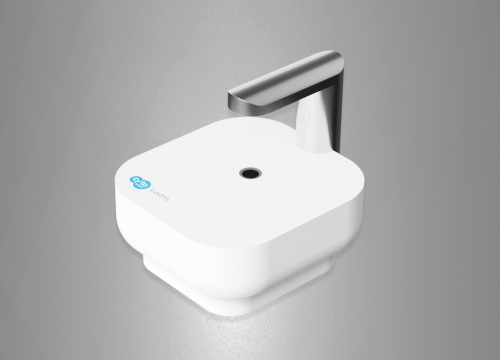Authors: Schagen J, Sly PD, Fantino E.
Laboratory Investigation 98, 2018
The nasal epithelium is the initial contact between the external environment and the respiratory tract and how it responds to noxious stimuli and repairs epithelial damage is important. Growing airway epithelial cells in culture at air-liquid interface allows for a physiologically relevant model of the human upper airways. The aim of the present study was to characterize human primary nasal epithelial cells grown at the air-liquid interface and establish a model for use in wound healing assays. This study determined the time required for full differentiation of nasal epithelial cells in an air-liquid interface culture to be at least 7 weeks using the standardized B-ALI media. Also, a model was established that studied the response to wounding and the effect of EGFR inhibition on this process. Nasal epithelial cultures from healthy subjects were differentiated at air-liquid interface and manually wounded. Wounds were monitored over time to complete closure using a time lapse imaging microscope with cultures identified to have a rate of wound healing above 2.5%/h independent of initial wound size. EGFR inhibition caused the rate of wound healing to drop a significant 4.6%/h with there being no closure of the wound after 48 h. The robust model established in this study will be essential for studying factors influencing wound healing, including host disease status and environmental exposures in the future.
